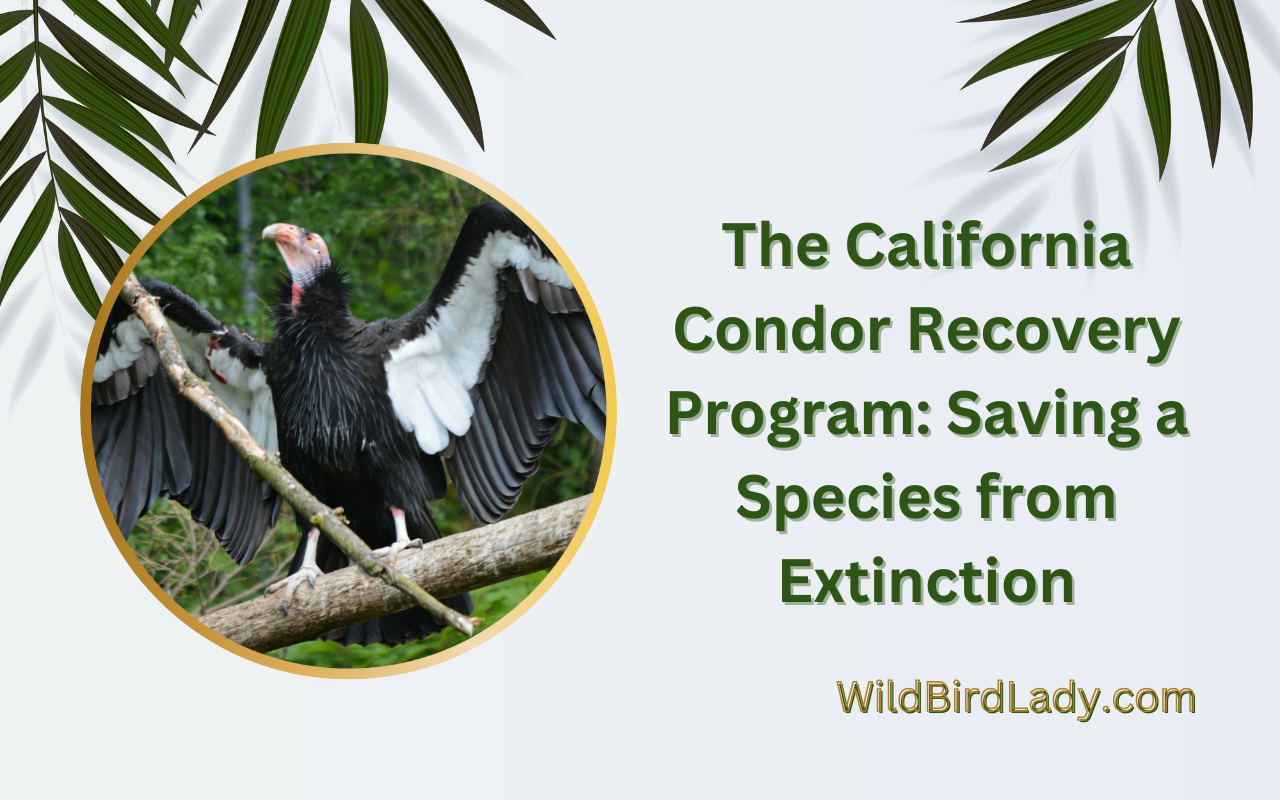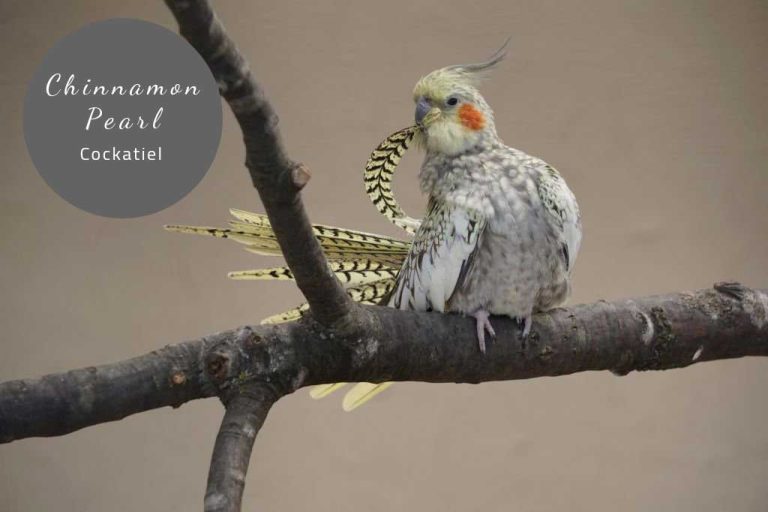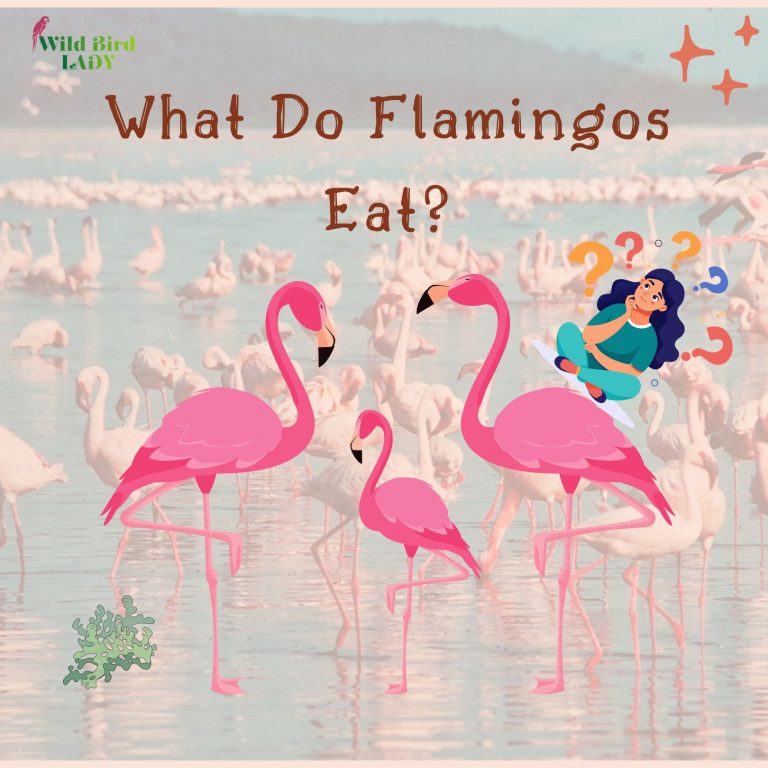The California Condor Recovery Program: Saving a Species from Extinction
The california condor recovery program has effectively saved the species from extinction. Since the program began in 1982, the population of condors has increased from 22 individuals to over 400 today.
The california condor, the largest bird in north america, faced extinction due to habitat loss, hunting, and lead poisoning. In 1982, the us fish and wildlife service launched the california condor recovery program to save the species. The program involved captive breeding, habitat restoration, and disease prevention.
Today, the population of condors has increased from a mere 22 individuals to over 400. However, the species still faces many challenges, and the recovery program continues to work tirelessly to ensure the survival of this magnificent species.
Introduction: The California Condor Recovery Program
The california condor, north america’s largest bird species, once roamed freely across the western united states and beyond. But by the late 20th century, they were on the brink of extinction. Thankfully, the california condor recovery program was established in 1982 to save this majestic bird from disappearing forever.
We’ll delve into the key points of the program to give you a better understanding of its importance.
Brief Overview Of The California Condor And Their Near-Extinction Status
The california condor is a scavenging bird found in north america that is often referred to as a vulture. They are one of the world’s rarest bird species and were once on the brink of extinction due to a combination of factors, including habitat loss, hunting, and poaching.
The population had dwindled to just 27 birds in 1982, causing great concern among conservationists.
To combat this, the california condor recovery program was established to save the species from extinction. The program’s main goal was to breed california condors in captivity and then reintroduce them into the wild once their numbers had reached a sustainable level.
Captive Breeding Program
The captive breeding program began in 1987 and was a key component of the california condor recovery program. It involved taking eggs from the wild and incubating them in captivity. The chicks were then raised with minimal human interaction to ensure they didn’t become too reliant on humans.
The captive breeding program has been successful, with over 200 california condors born in captivity to date.
The program also involved creating safe areas for the birds to live in the wild, which were closely monitored to ensure their safety. This aspect of the program has also been successful, with the california condor population now reaching over 400 birds in the wild and captivity.
Release Into The Wild
Once the young california condors were deemed ready, they were released into the wild. However, it was important that the birds were released into suitable environments, and many challenges had to be overcome to make this possible. Conservationists had to work alongside landowners and government agencies to ensure safe areas for the birds, with a particular focus on the availability of food sources.
After their release, the birds were closely monitored by conservationists, who tracked their movements and behavior to ensure that they were adapting to their new environments. This monitoring was crucial in ensuring that the birds were not at risk of becoming extinct once again.
The california condor recovery program has been a great success, and the california condor population is now on the rise. Thanks to the efforts of conservationists, the bird has been pulled back from the brink of extinction, and its future is looking much brighter.
The California Condor: A Magnificent Bird On The Brink Of Extinction
The california condor: a magnificent bird on the brink of extinction
The california condor, one of north america’s largest birds, is an iconic species known for its majestic wingspan and historical significance. Sadly, these awe-inspiring creatures were once critically endangered, with only a handful left in the wild. Let’s provide a brief history of the california condor and why they are endangered.
Provide A Brief History Of The California Condor And Why They Are Endangered
- The california condor’s largest historical range encompasses the western united states and baja california, mexico.
- The bird’s population started to decline after the introduction of lead bullets in the early 20th century, which were ingested indirectly when feeding on scavenged carcasses of game animals.
- By 1982, there were only 22 california condors remaining in the wild, and their status shifted to critically endangered.
- In the 1980s, the world-renowned california condor recovery program was initiated to save the species from extinction.
- As of 2021, there are around 500 california condors, including both wild and captive-bred populations.
Discuss The Challenges That Contributed To Their Decline, Including Habitat Loss, Poaching, And Lead Poisoning
- Habitat loss due to human activities, including urbanization, agriculture, and logging, has significantly impacted the california condor’s survival.
- In addition to habitat loss, poaching and hunting of condors, mainly for scientific specimens, horns, and as trophy game, occurred in the past.
- The use of lead ammunition also contributed to the california condor’s near-extinction by causing lead poisoning when they feed on carcasses containing lead bullet fragments.
Explain The Importance Of The California Condor As A Keystone Species In The Ecosystem
- The california condor plays a crucial role in the ecosystem as a keystone species. Keystone species are essential in keeping ecosystems balanced.
- Condors are scavengers and help clean up dead animal material. Their activities help to reduce disease transmission and nutrient cycling.
- Condors also act as indicator species, helping biologists to monitor the ecosystem’s health. The preservation of the california condor will help protect other critical factors in the ecosystem.
The california condor recovery program is a great success story, and these magnificent birds are examples of what can be accomplished through dedicated conservation efforts. The california condor’s recovery is essential in preserving not only the species but also the biodiversity of the ecosystems they inhabit.
The California Condor Recovery Program: Saving A Species From Extinction
The california condor, one of the largest bird species in north america, was on the brink of extinction in the 1980s. With only nine birds remaining in the wild, the california condor recovery program was established to save this majestic bird from extinction.
Let’s take a look at how this program has been successful in saving this species from the brink of extinction.
Highlight The Significance Of The Recovery Program And Its Objectives
The california condor recovery program has been successful in saving this bird species from extinction by focusing on the following objectives:
- Increase the population of california condors in the wild
- Establish a self-sustaining wild population of condors
- Reduce the threats to the species
- Increase public awareness about the california condors
Provide An Overview Of The Steps Taken To Save The California Condor
The california condor recovery program has taken the following steps to save this species:
- Captive breeding: In the 1980s, all remaining california condors were captured and brought into a captive breeding program. This program successfully bred the condors, and the offspring were released into the wild.
- Habitat management: Conservation organizations have worked to manage the habitats where the california condors live. This includes managing the food supply, reducing lead exposure, and reducing human disturbances.
- Monitoring: The california condor population is closely monitored by the u.s. Fish and wildlife service to ensure that the recovery program is successful.
- Public education: The public is educated about the threats to this species and how they can help ensure that the california condor will not become extinct.
Describe The Role Of Governments, Conservation Organizations, And The Public In The Program
The california condor recovery program is a partnership between governments, conservation organizations, and the public. The u. s. Fish and wildlife service, bureau of land management, national park service, and u. s. forest service have all worked to conserve the california condor.
Private organizations, like the peregrine fund, have also made a significant contribution. Meanwhile, the public has played a crucial role by supporting the recovery program through donations, advocacy, and volunteering.
Discuss The Successes And Challenges Of The California Condor Recovery Program
The california condor recovery program has been successful in increasing the population of the species from just nine birds in the 1980s to over 400 birds today. However, the program has faced several challenges, including:
- Lead poisoning: Lead poisoning remains a significant threat to the california condor’s population.
- Habitat loss: The california condor’s habitat is threatened by human activities such as logging, development, and mining.
- Inbreeding: Captive breeding has led to inbreeding in the california condor population, which can pose a risk to the health and survival of the species.
Despite these challenges, the california condor recovery program has achieved significant success in raising the number of these birds in the wild population. Thanks to these efforts, the chance of survival for this majestic bird species has increased substantially.
A Multi-Agency Effort: Collaboration And Partnership In California Condor Recovery
The california condor, one of the world’s largest flying birds, was under threat of extinction due to habitat loss, hunting, and lead toxicity. In 1987, experts began a recovery program to save the species from the brink of extinction. Today, the multidisciplinary effort is continuing successfully through collaboration and partnership of various organizations and agencies.
Let’s explore this in further detail under the subheading, “a multi-agency effort: collaboration and partnership in california condor recovery. “
Discuss The Various Agencies Involved In The Recovery Program And Their Roles, Including The U.S. Fish And Wildlife Service, The Ventana Wildlife Society, And The San Diego Zoo Wildlife Alliance
Multiple organizations have come together to save the california condor. The u. s. Fish and wildlife service (usfws) is responsible for managing the overall operational aspects of the program. The ventana wildlife society plays a vital role in monitoring, tracking, and managing the recovery of the wild birds.
The san diego zoo wildlife alliance is responsible for managing the captive breeding and reintroduction program of the birds.
Highlight The Partnerships Between These Organizations And The Vital Work They Have Achieved Together
These organizations and agencies collaborate and work together to achieve common goals and milestones. Their years of partnership have resulted in the recovery of california condor populations. Some of the critical achievements of these partnerships are:
- The population of captive-bred california condors, and condors in the wild, has increased significantly.
- Monitoring, tracking, and managing california condors has improved thanks to innovative methods like gps tracking, camera surveys, and field tracking.
- Public education and awareness programs have been developed to teach the public about california condors’ importance and how they can support their conservation.
Describe The Innovative Approaches And Methods Employed In The Recovery Program, Such As Captive Breeding And Lead Abatement
The california condor recovery program consists of several innovative approaches that have helped the species recover from the brink of extinction. Some of the most successful strategies are:
- Captive breeding: The san diego zoo wildlife alliance’s captive breeding program has been pivotal to the species’ recovery. The program raises chicks and releases them into the wild when they are old enough, maintaining a stable population of california condors in the wild.
- Lead abatement: Lead poisoning was the leading cause of california condor deaths before the recovery program. Today, comprehensive lead abatement programs, such as hunters’ use of non-lead ammunition, have significantly reduced lead consumption and mortality in the birds.
The california condor recovery program’s success relies heavily on the collaboration and partnership of multiple organizations and agencies. These partnerships have revolutionized conservation strategies and have resulted in significant strides towards saving this magnificent species from extinction.
The Future Of The California Condor: Challenges And Opportunities
The california condor’s near extinction in the 1980s was a stark reminder of how human activities can impact endangered species. Following decades of effort, conservationists have brought the california condor back from the brink and provided hope for other endangered species.
Looking ahead, the california condor recovery program faces both challenges and opportunities in ensuring the survival of these majestic birds.
Provide An Overview Of The Ongoing Work And Future Goals Of The Recovery Program
The california condor recovery program is an ambitious conservation program designed to protect and restore the california condor population. The program is a collaboration between federal and state agencies, nonprofit organizations, universities, and zoos. With the population now numbering above 500, the program has made great strides toward its recovery goals.
The program’s long-term objectives are:
- Sustain a wild population of at least 150 birds with a minimum of 15 breeding pairs in california.
- Establish a self-sustaining, genetically diverse california condor population in southern california.
- Develop a viable captive population to support future reintroduction efforts.
- Conserve and manage the condor’s habitat and range.
Discuss The Challenges That Remain For The California Condor’S Long-Term Survival, Including Habitat Loss And The Threat Of Lead Poisoning
While the recovery program has been successful in increasing the population of california condors, several challenges remain for the species’ long-term survival:
- Habitat loss: California condors require vast open spaces to forage and breed. The loss of habitat due to human activities such as urbanization, road construction, and land development, is a significant threat to the species.
- Lead poisoning: The california condor’s scavenging behavior often leads them to consume lead ammunition fragments left in carcasses, posing a significant threat to their health and survival.
Highlight The Opportunities For Further Success In The Recovery Of The California Condor, Such As Captive Breeding And Reintroduction Programs
Despite the challenges, the california condor recovery program has several opportunities for further success:
- Captive breeding: With the help of captive breeding, the program has been able to establish a viable breeding population. The captive breeding program has allowed conservationists to increase the bird’s genetic diversity, provide medical care, and reintroduce birds to the wild.
- Reintroduction programs: The program has successfully reintroduced california condors in several regions, including grand canyon national park and baja california, mexico. Reintroduction programs will continue to be crucial in establishing new populations and increasing the california condor population’s genetic diversity.
The california condor recovery program has made significant progress in bringing the species back from the brink of extinction, but much work remains. By addressing the challenges and capitalizing on new opportunities, the program can continue to ensure the california condor’s survival for generations to come.
Frequently Asked Questions On The California Condor Recovery Program: Saving A Species From Extinction
How Many California Condors Are Left In The World?
As of 2021, there are approximately 500 california condors in the world.
Why Did California Condors Almost Go Extinct?
California condors almost went extinct due to habitat loss, hunting, and lead poisoning.
How Was The California Condor Recovery Program Started?
The california condor recovery program was started in 1982 by the us fish and wildlife service, in partnership with government and non-profit organizations.
What Is The Main Goal Of The California Condor Recovery Program?
The main goal of the california condor recovery program is to restore the wild population of california condors to a self-sustaining level.
How Successful Has The California Condor Recovery Program Been?
The california condor recovery program has been successful in increasing the number of condors from 27 in 1987 to over 500 in 2021.
How Can People Help Contribute To The California Condor Recovery Program?
People can help contribute to the california condor recovery program by reducing lead use, reporting sightings, and supporting conservation organizations.
Conclusion
The california condor recovery program has been nothing short of an incredible wildlife conservation success story. Over the past few decades, this program has managed to pull the california condor back from the brink of extinction and has given them a fighting chance for a sustainable future.
The efforts of conservationists, biologists, zookeepers, and many others involved in this program are truly commendable. The reintroduction program implemented in the 1990s has proved to be a great success, and the california condor population has surpassed the mark of 500 individuals.
However, as the program moves forward, it is imperative that we continue to support the efforts to conserve and protect this magnificent bird. With ongoing research and conservation efforts, the california condor recovery program can provide valuable insights into how we can better protect other endangered species and the ecosystems they inhabit.
Ultimately, the success of the california condor recovery program shows us that, with dedicated effort and the right resources, we can turn the tide and help save species from extinction.







